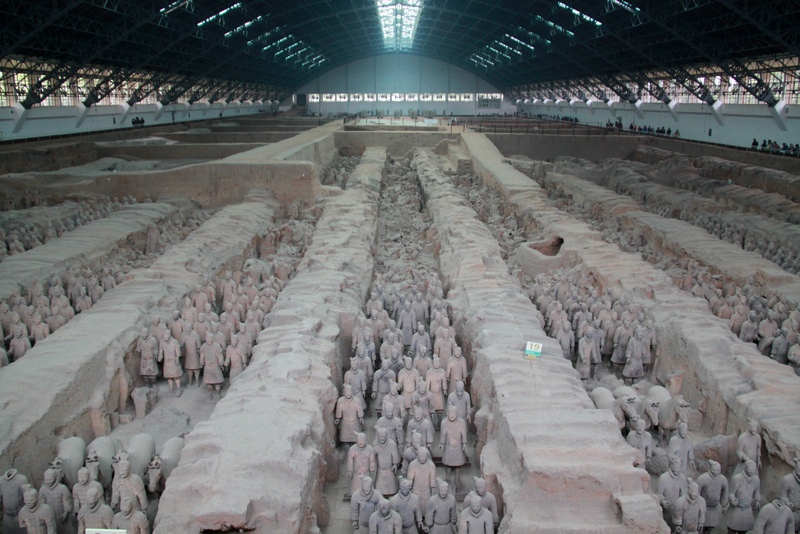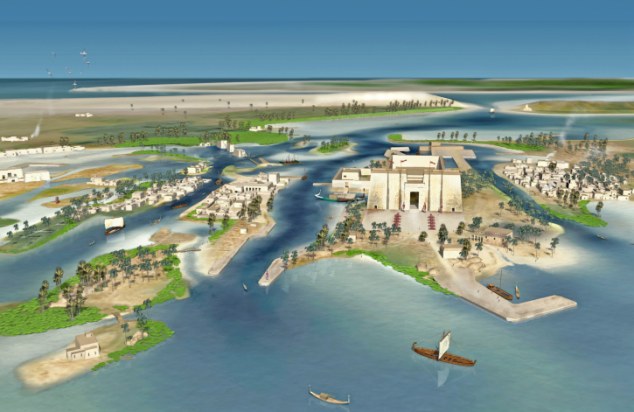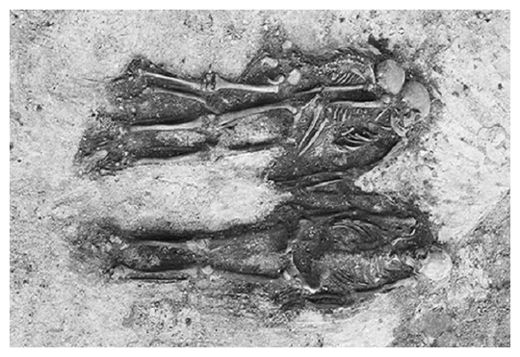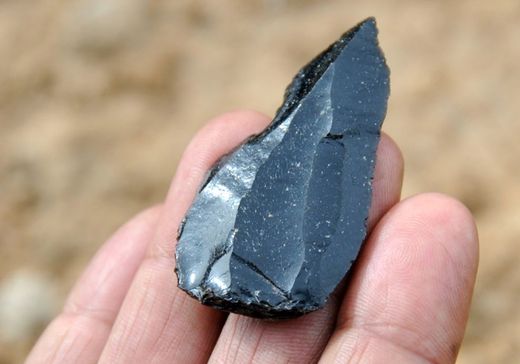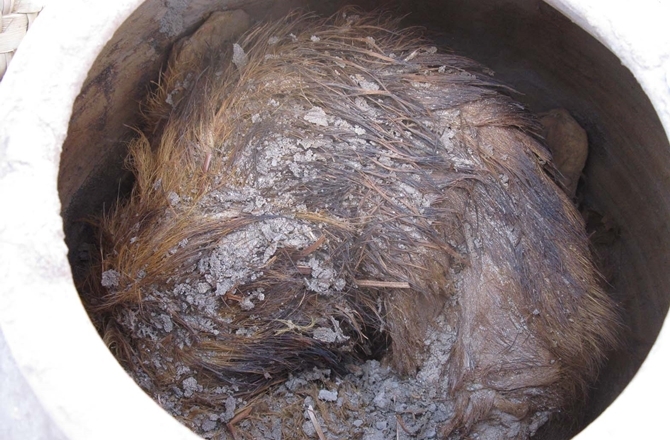When did the savanna give way to the crash pad?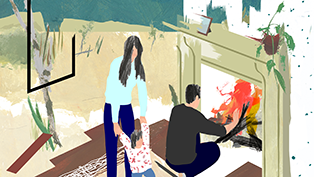
© Jon Han
What is home? This is a deceptively simple question. Is it the place where you were born? Is it where you happen to live right now? Does it have to be a dwelling, or can it be a spot on the landscape, or even a state of mind?
For archaeologists tracing human origins, these are challenging questions. Yet answering them provides key insights into our evolution from hominids at the mercy of our surroundings to humans in control of them. Having a sense of home, as we understand it today, is a product of symbolic thinking, a capacity that makes us unique among animals, including our own ancestors.
Intimations of home likely began in early hominids' need for shelter.
Australopithecus species, to which the famous 3-million-year-old Lucy belonged, often sheltered in trees, where they may have sought cover under dense clumps of leaves in the way in which great apes do today when it rains. Much later, about 400,000 years ago, hunter-gatherers, probably belonging to the species
Homo heidelbergensis, constructed a camp on a beach at Terra Amata, now a suburb of the French city Nice. One large hut was about 30 feet long, and consisted of an oval palisade of saplings stuck in the ground, reinforced with a ring of stones, and presumably brought together to form a roof. Just inside a break in the ring where the doorway was, a campfire had burned in a hearth.
It is hard to not think that these early humans felt at home in this basic structure. Some might even argue that the crucial element was not the shelter itself but the hearth, where the flames would have formed a center of attention and social activity. In this limited sense, feelings of home were evidently there from the very beginning.
